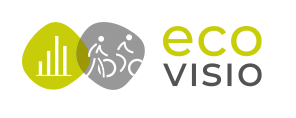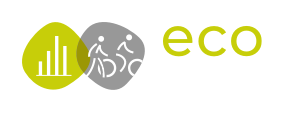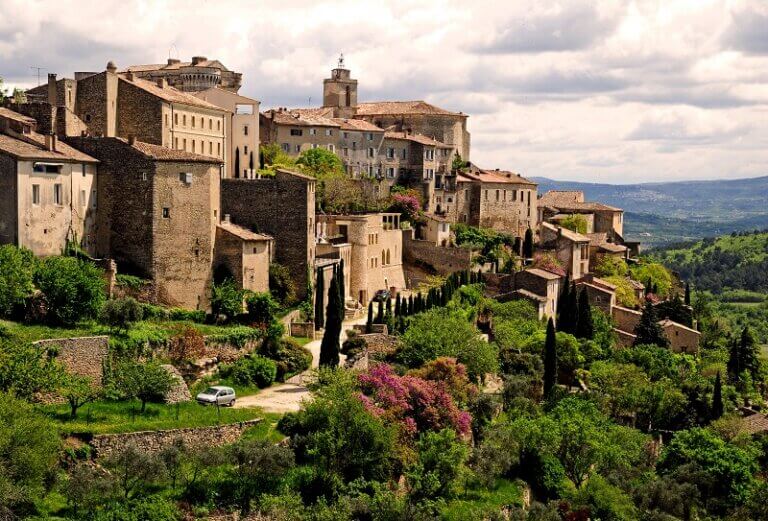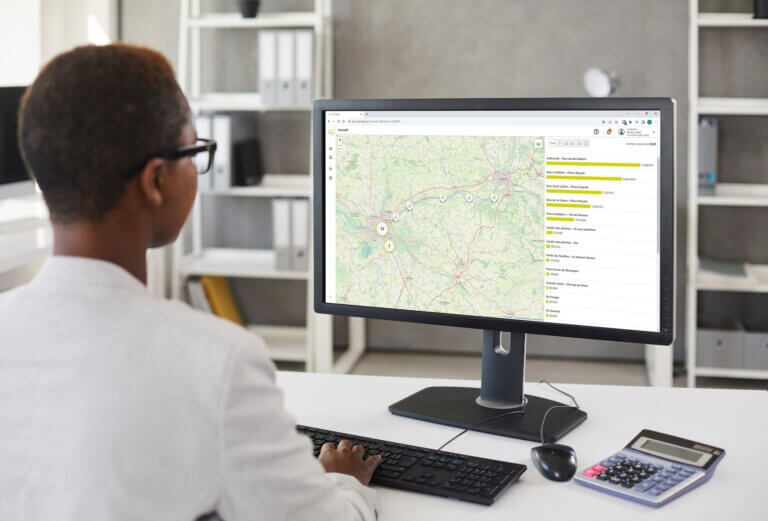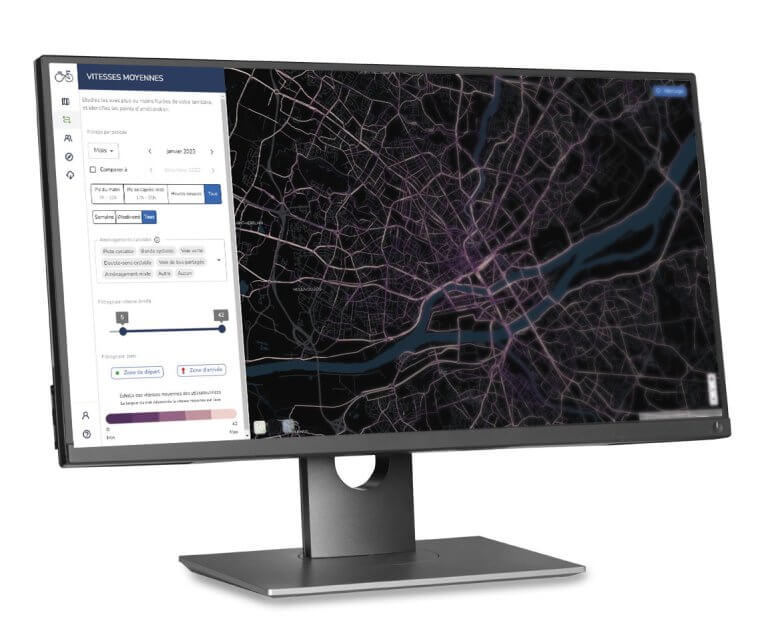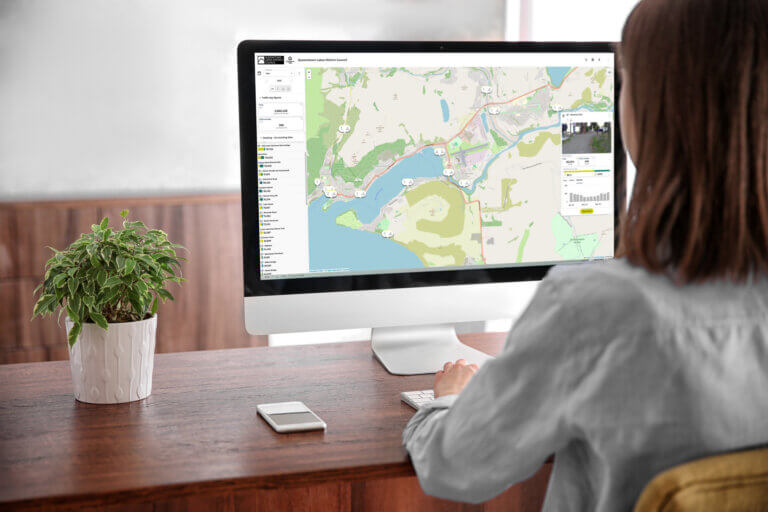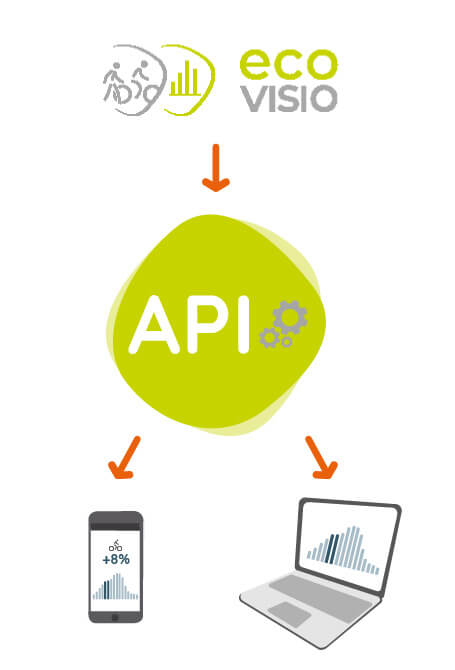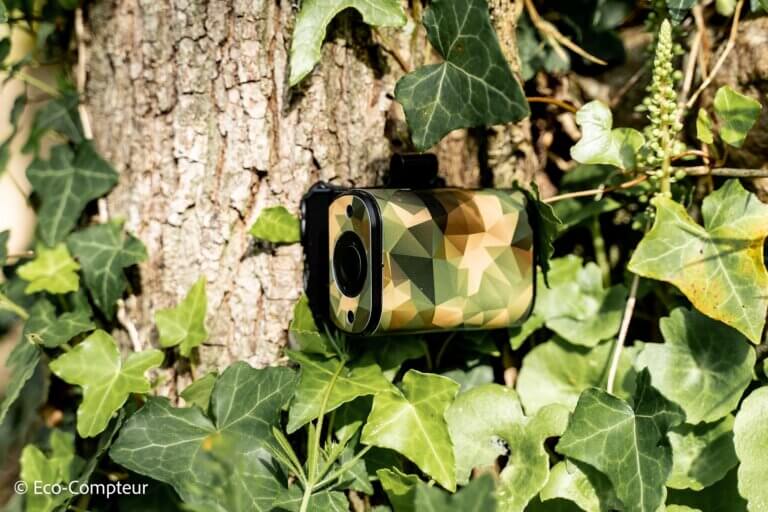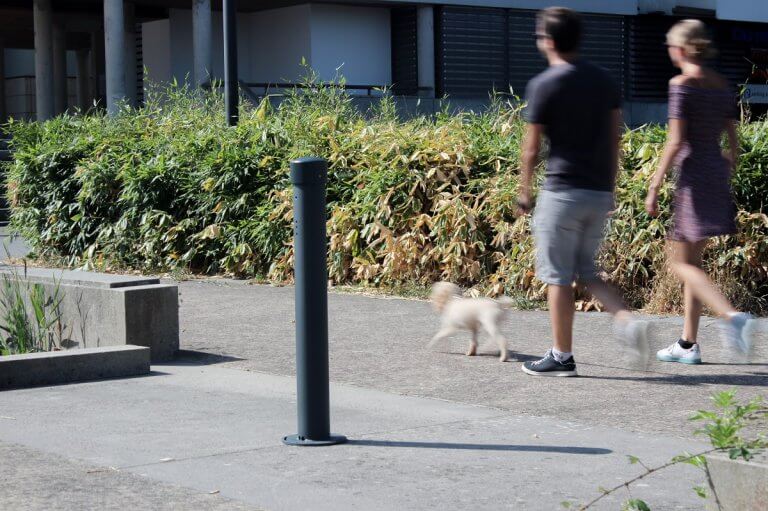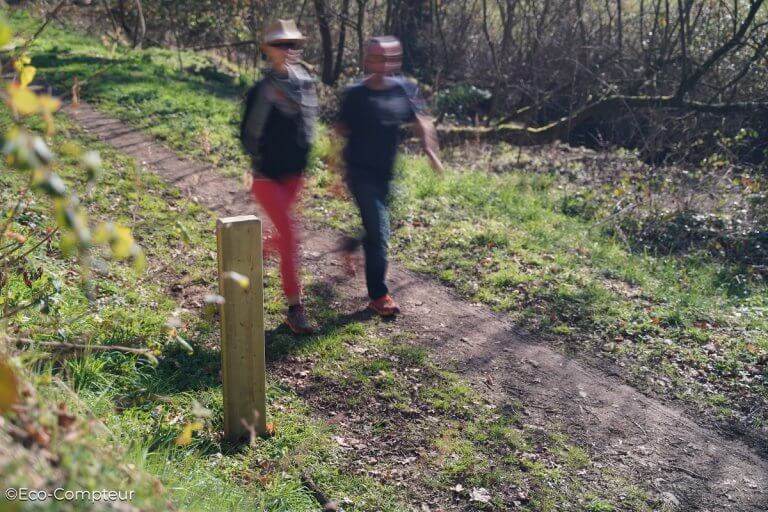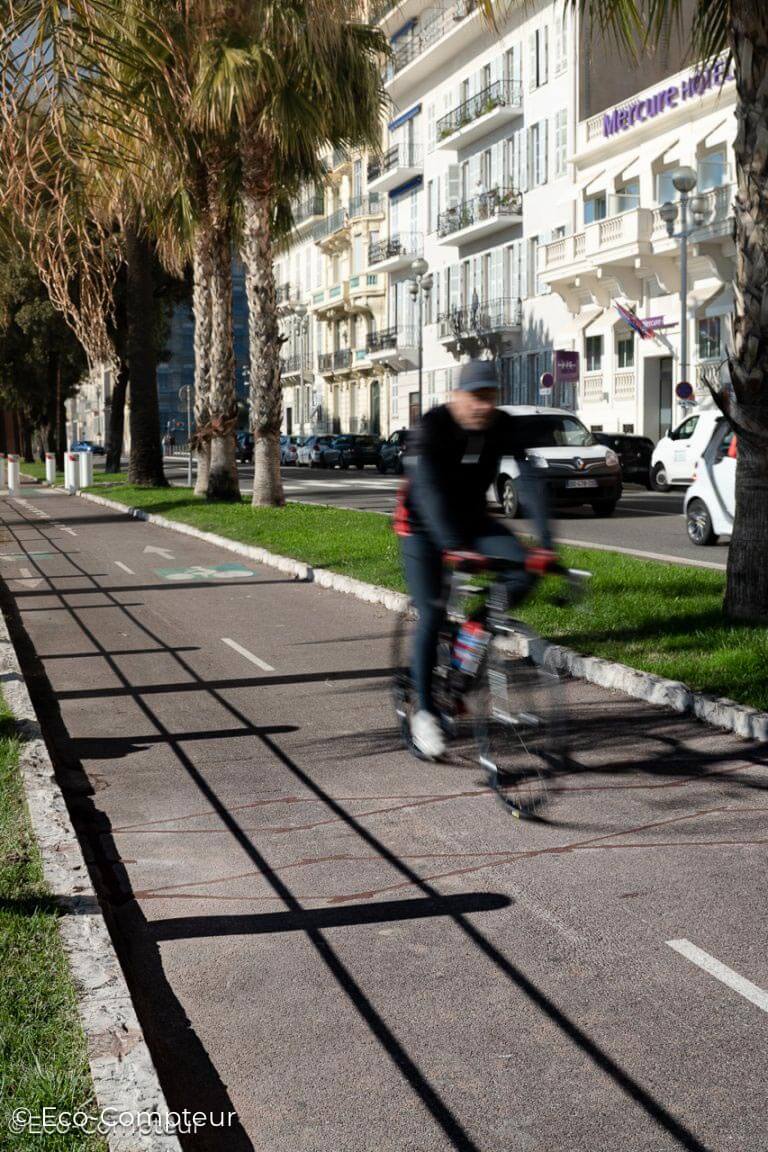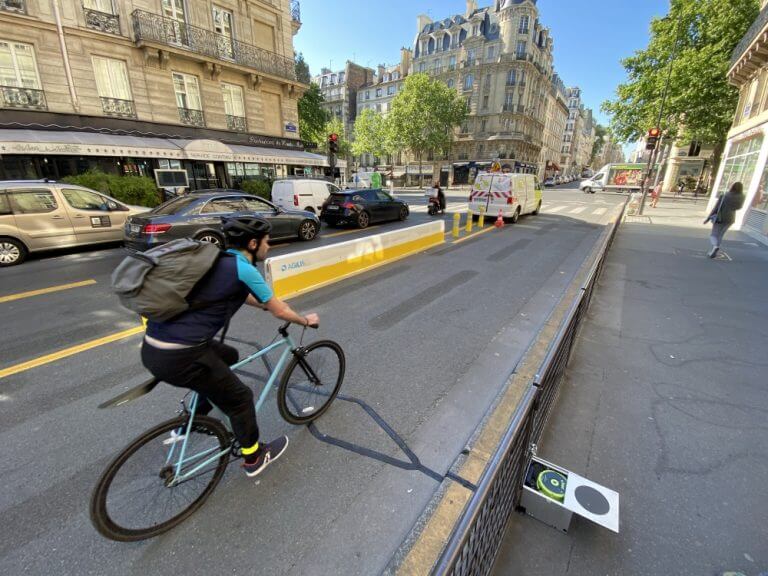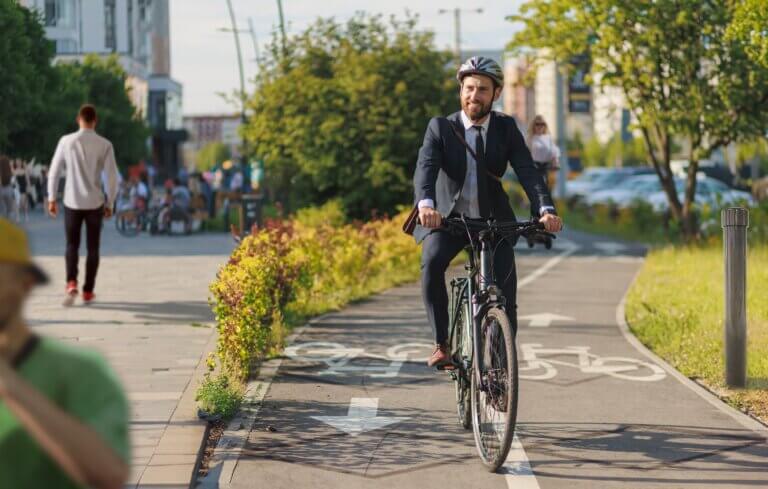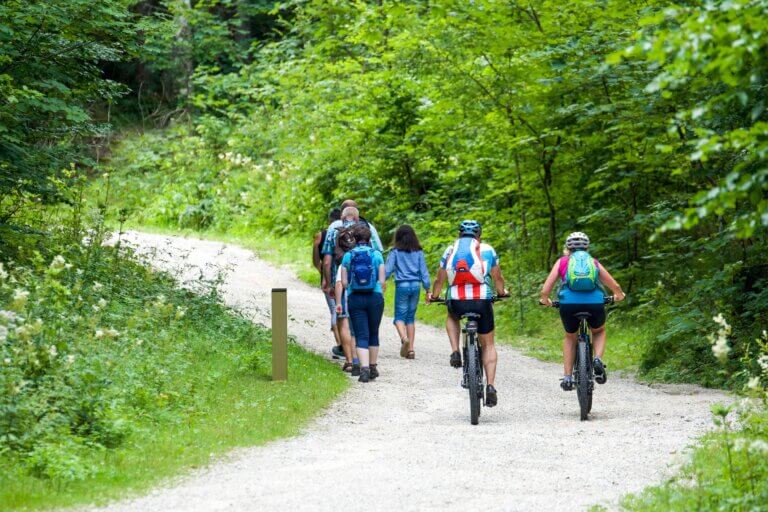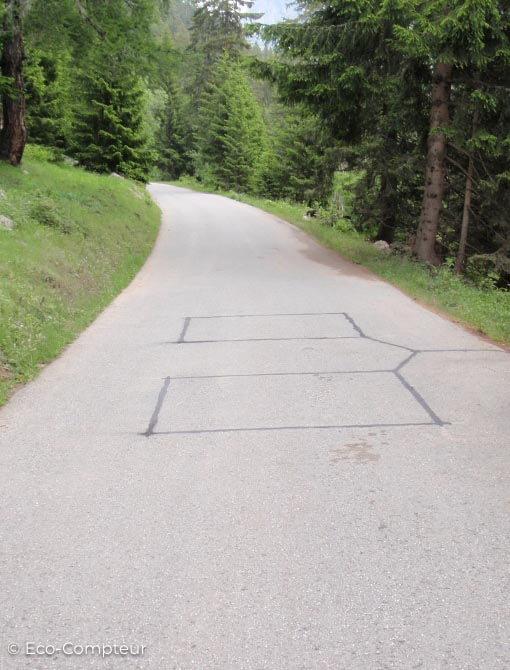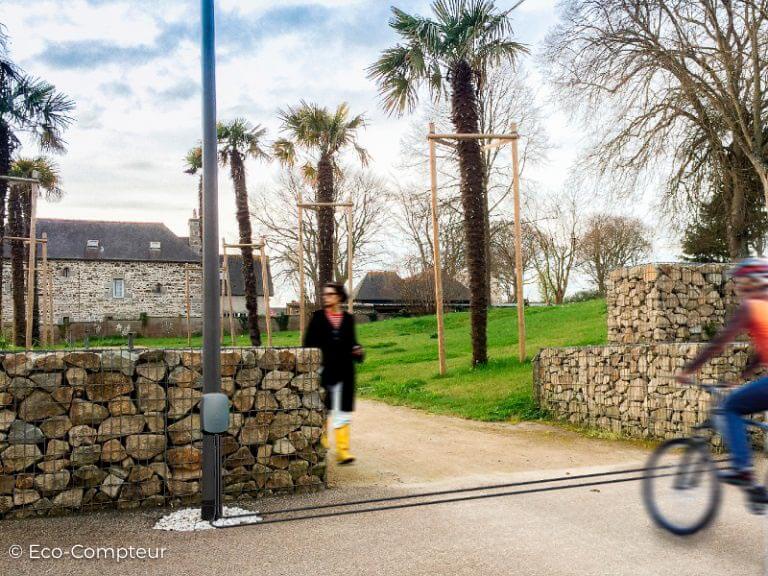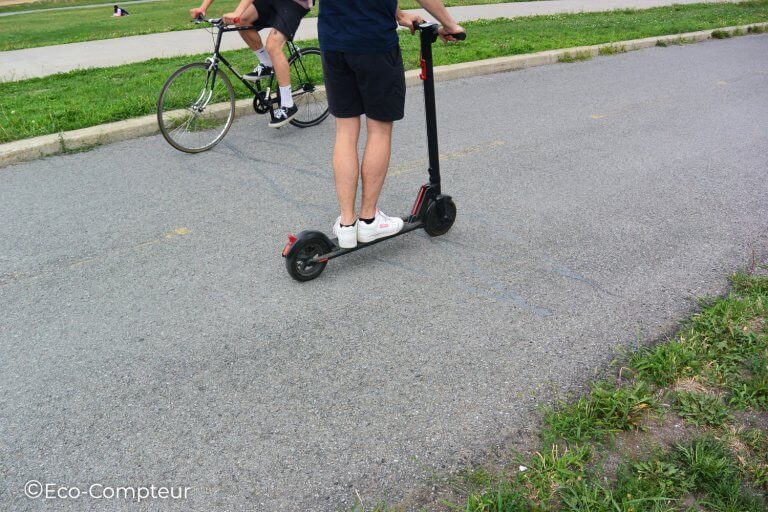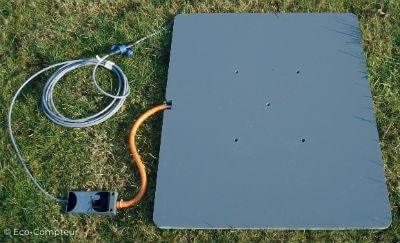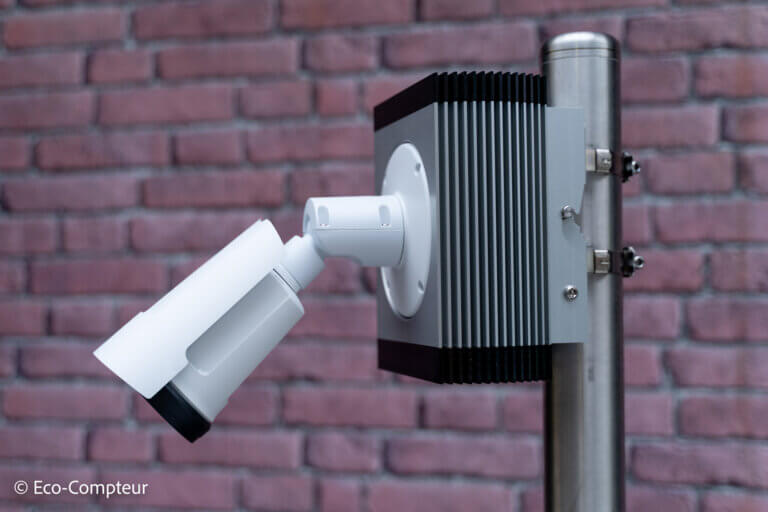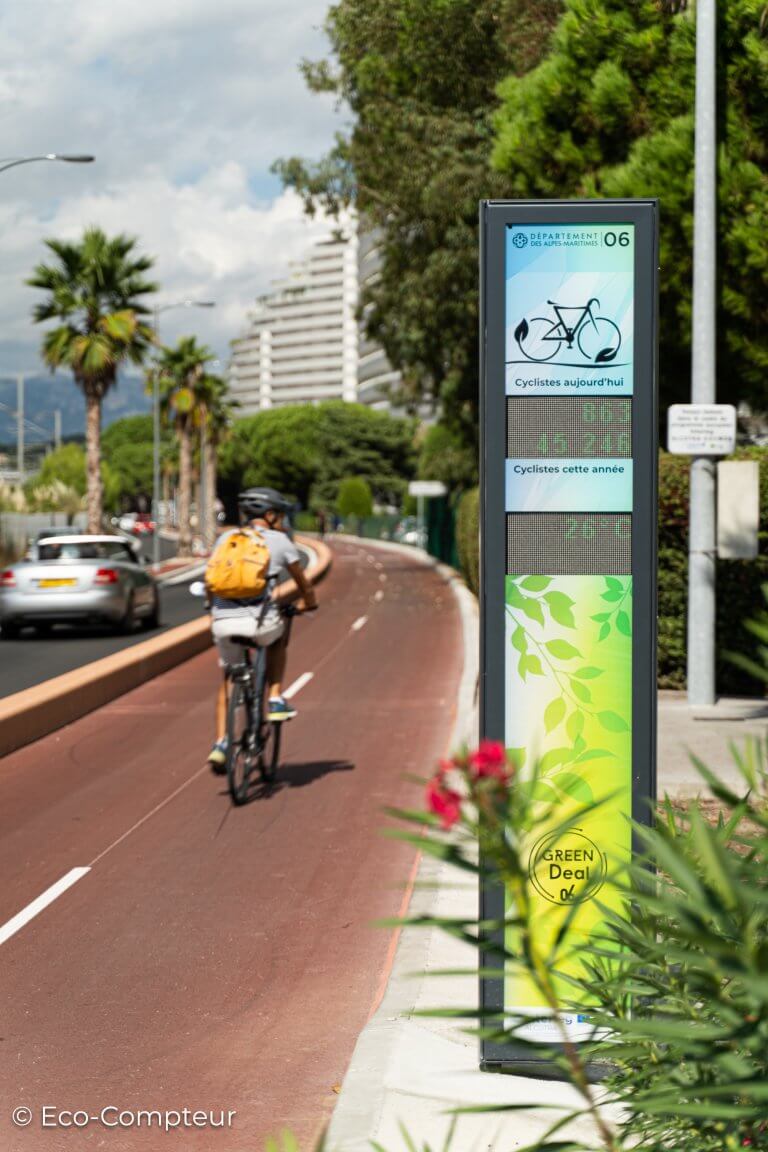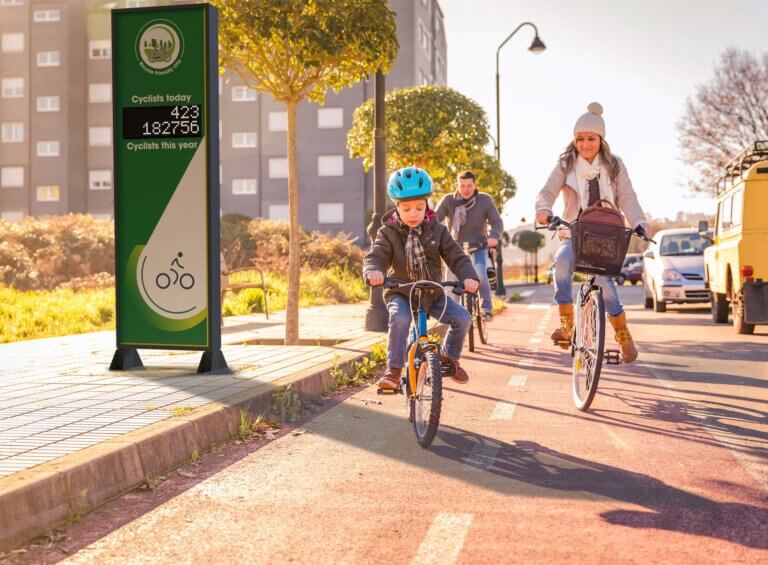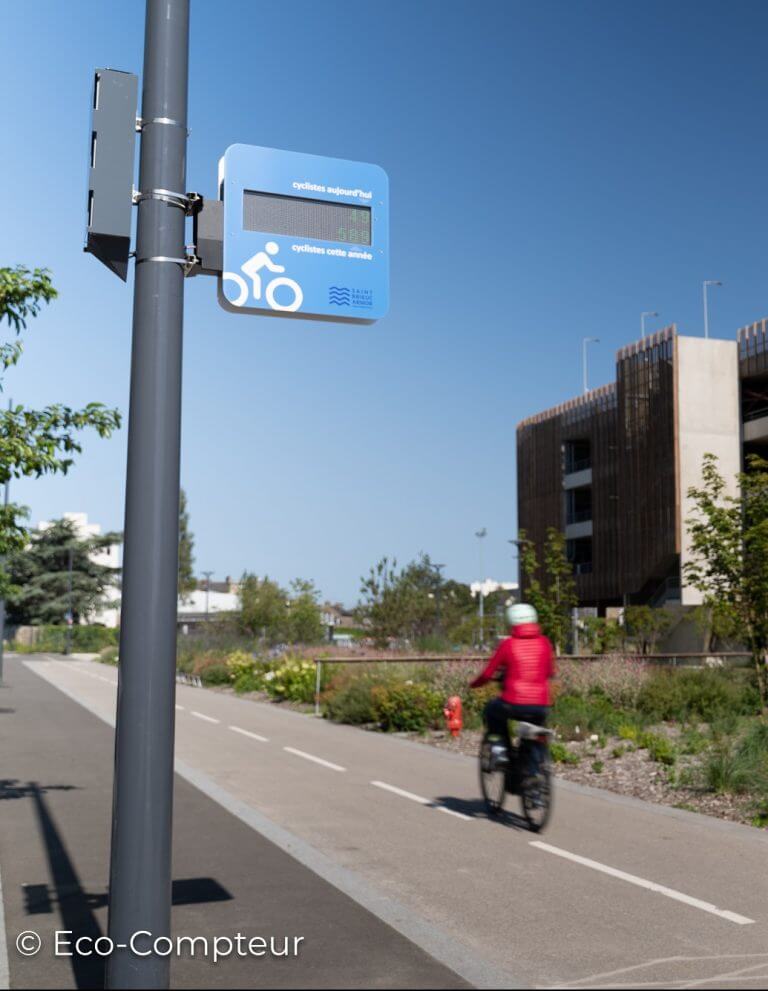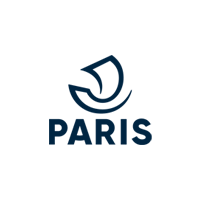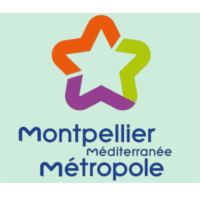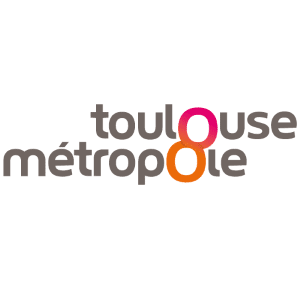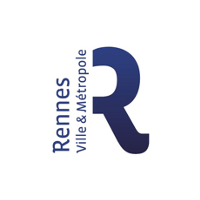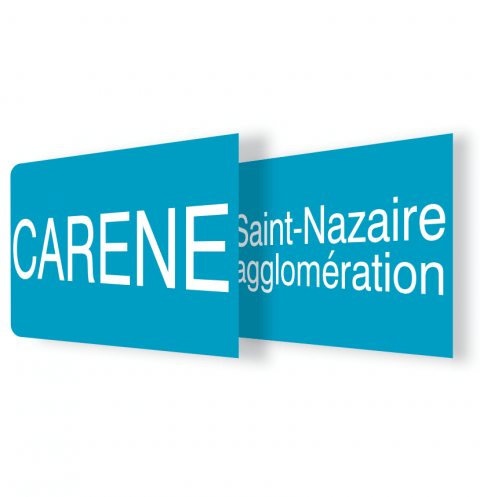1. Define clear objectives for visitor numbers and economic benefits
The first point is to establish clear, specific objectives for the season, in terms of visitor numbers, economic benefits and service levels, as well as sustainability.
Studies have shown that the level of visitor numbers is directly correlated with visitors’ feelings (positive or negative). This is all the more reason to define realistic and coherent objectives in this respect too.
All these objectives will serve as a guide to direct the preparation efforts.
2. Analyze trends and previous data
When you have the benefit of visitor numbers or survey results, preparing for the season also involves analyzing statistics from previous seasons to understand trends, visitor origins, and the most popular places or attractions.
Surveys or polls carried out among tourists help define the strengths and weaknesses of the local tourism offering and can provide invaluable information for preparing for the season.
In this pre-season analysis, economic impact information is also a key indicator, as it gives visibility on the benefits of tourism development for regions, particularly rural ones.
These figures provide an indicator of economic dynamism, and for cycle tourism, also serve as a reminder that cycle tourists tend to spend more per day than other tourists. In fact, in the US, cycle tourists stay three days longer and spend $240 more per trip than the average tourist (source).
3. Define a marketing strategy
Once the objectives have been defined and previous trends analyzed (attendance, economic benefits, qualitative survey information), it’s easy to define a marketing strategy!
It can include the various means of communication adapted to the desired tourist clientele, and highlight the strong points previously identified for the tourist destination, for targeted, high-impact communication.
4. Recruit and train tourist personnel, match needs to resources
To respond to customer needs in the best possible way, it is important to match needs with resources. Here again, analysis of visitor numbers enables you to plan your resources accordingly, knowing the peak and off-peak periods of the season.
Attendance data analysis can also be coupled with a meteorological analysis, making attendance predictions even more reliable!

Preparing for the season also involves training staff in direct contact with tourists (guides, reception staff, etc.) on local information, customer service, foreign languages and so on.
5. Develop partnerships involving local stakeholders
Meeting and talking with shopkeepers, hotels, restaurants, and tourist attractions is also an important prerequisite for getting to know the local tourist offer. This helps you think about special offers and events or even attractive programs combining several activities or services.
6. Optimize your web visibility
The web plays a major role in preparing a trip. According to a Google study, 87% of travelers use web search at some point in their purchasing process when booking a holiday.
To get the tourist season off to a good start, particular attention needs to be paid to the web, with up-to-date information, attractive photos, visitor testimonials, SEO checks and, if necessary, corrective action to guarantee the presence and visibility of the tourist destination.
7. Implement measures to limit pressure on the environment
To anticipate the tourist season, and limit pressure on the environment, programs can be set up right from the start of the season to raise awareness of waste management and the preservation of local flora and fauna, typically in partnership with relevant local organizations (associations, etc.).
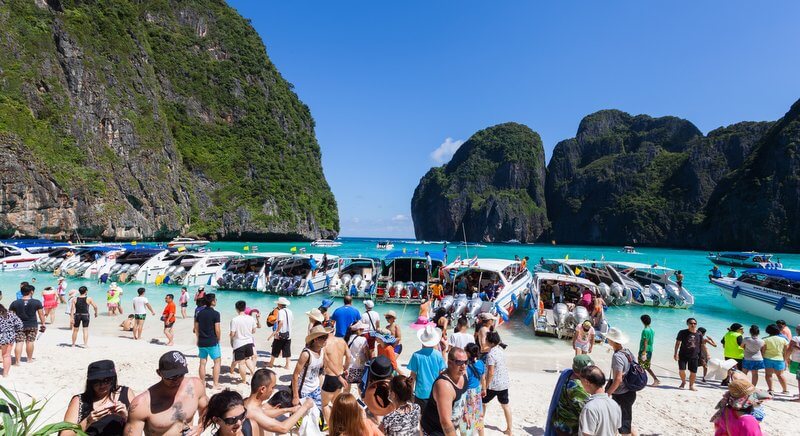
Peaks in visitor numbers or over-tourism practices require day-to-day management to limit or reduce impacts on natural areas.
8. Plan solutions for managing tourist flows
Always in line with knowing visitor numbers in previous seasons, and reducing pressures on the environment, it is possible to anticipate peak periods and propose alternatives to distribute visitors over different attractions or regions.
In Acadia National Park, for example, visitor count data can be used to identify the busiest sections and times on their carriage roads. Visitor counts can be viewed as broadly as month by month, or as precisely as hour by hour.
From there, the data is used by park managers to redirect pedestrians and cyclists to avoid saturation on a single route. Their aim is to preserve the quality of the visitor experience, making sure that the peace and tranquility of the park can be maintained. Beyond this, they can even better manage their carriage and bike tours, making sure to choose routes on the day of that best avoid heavy congestion and crowding.
9. Monitor and adjust over the course of the season
And because not everything can be anticipated before the season starts, it’s also important to prepare a system for monitoring the key indicators. Using dashboards, you can share data with all interested parties, react quickly during the season, and analyze the results at the end.
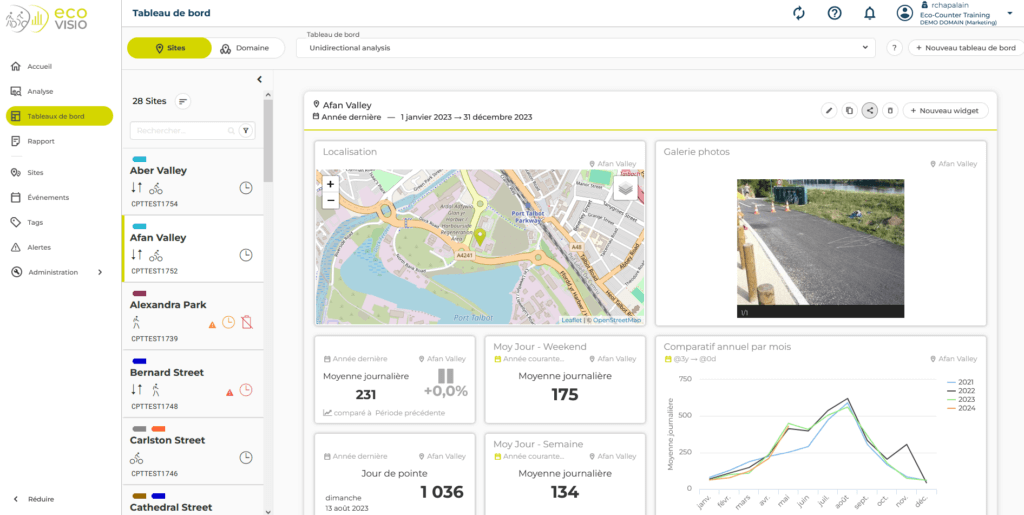
Example of a dashboard used to monitor several sites, directly in the Eco-Visio software, to make the right day-to-day management decisions during the tourist season.
10. Communicate results with partners
Once the season is over, the results can be shared with all your partners to create an assessment of the season.
Reports
Our Eco-Visio platform provides you with the business expertise you need, from footfall indicators to more in-depth studies, saving you precious time in producing this type of report.
Pre-designed dashboards enable you to save your key figures and easily create hourly, weekly and monthly profiles. You can also obtain an overview of your sites, as well as a breakdown by site to identify the most frequented locations and special features.
If additional studies are created on profiles, behaviors or economic benefits, they are also a formidable communication tool, to be shared with partners and the press.
See how the University of New Orleans used infographics and reports to communicate their bike count data to the public.
Sharing via the web
National, regional and local observatories are also flourishing on the web. They enable different kinds of data exploration, and easier access to visitor data. See, for example, the City of Baltimore public webpage, allowing every citizen to explore bicycle trends online.

